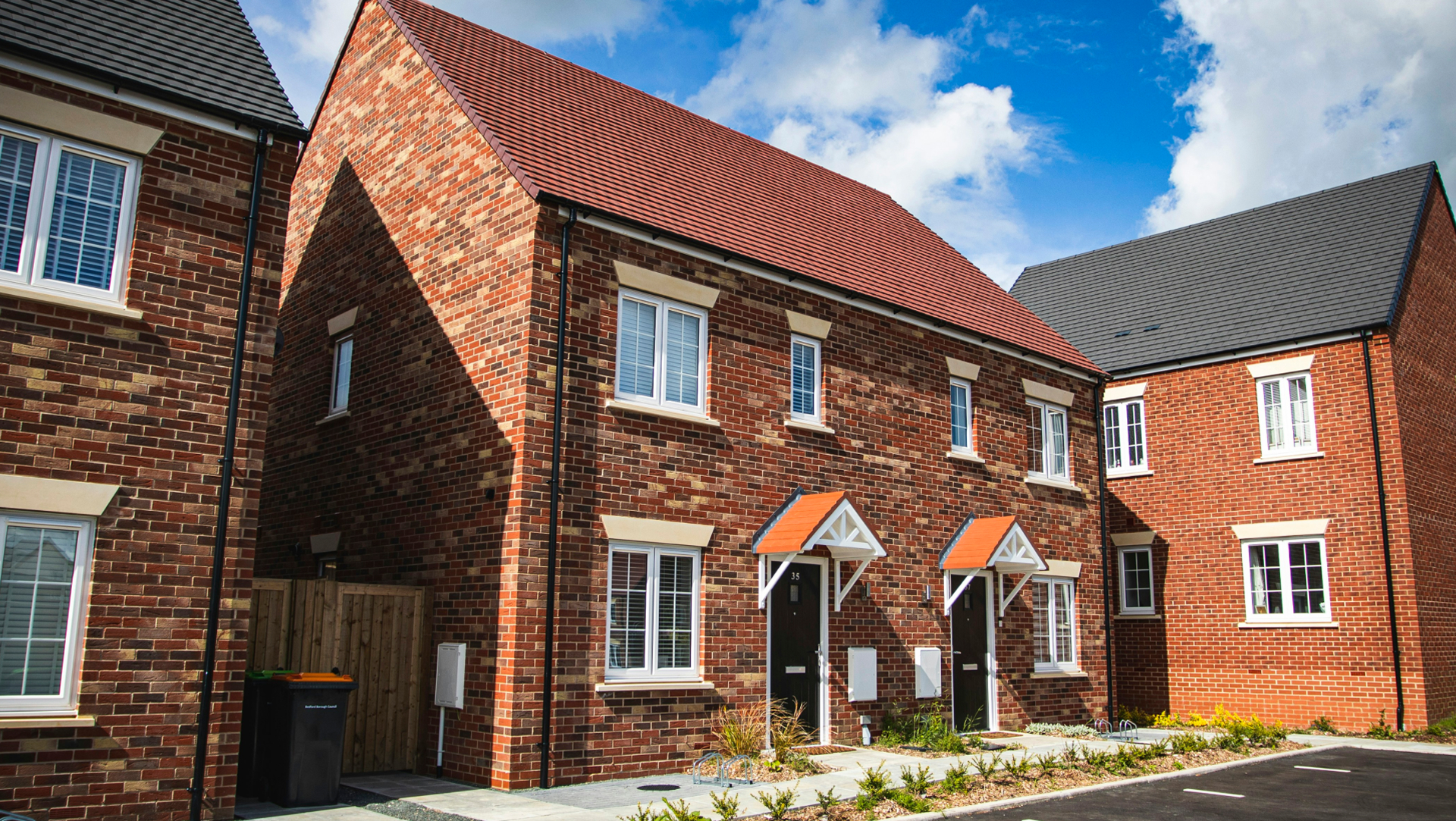
Seeing the word “secured” attached to a loan can definitely feel a bit unsettling, especially anything involving your home naturally feels serious. But “secured” simply means the borrowing is backed by a valuable asset, usually your property. That security helps lenders feel more confident, and in many cases it can mean more flexible options or lower rates for you as a homeowner. Of course, it also means you need to be sure the repayments are affordable, because your home is used as security.
Let’s break down why secured borrowing can sometimes feel more straightforward than you might expect and what to keep in mind along the way.
1. Borrowing can be more affordable
Because a secured loan (also known as a second charge mortgage) uses your property as security, lenders may be able to offer lower interest rates than some unsecured borrowing. This can make monthly repayments feel more manageable. If you’re borrowing for things like home improvements, debt consolidation, or a larger purchase, it can sometimes be a more cost-effective route, depending on your circumstances and the overall cost over the full term.
For example, products like a Home Equity Line of Credit (HELOC) or Home Equity Loan are both types of secured borrowing that let you access some of your property’s equity without replacing your existing mortgage. They can offer flexibility, but it’s important to make sure the repayments fit comfortably within your budget.
2. You can access larger amounts with flexibility
Unsecured personal loans often come with borrowing limits. With a secured loan, you may be able to access a larger amount and spread repayments over a longer period. That can make bigger projects like extensions or renovations feel more manageable, without stretching your monthly budget too thin. Just remember that borrowing more or repaying over a longer term can increase the total amount you repay overall.
3. The process can be quicker than a remortgage
If you’ve ever remortgaged, you’ll know it can take a while. Secured loans don’t replace your existing mortgage, so the process may be quicker in most simple cases. That can be helpful if you’re looking to access funds without changing your current mortgage deal.
4. You don’t need a perfect credit score
Because the loan is secured, some lenders may be able to consider applications from people with imperfect credit histories. The important thing is making sure the repayments are genuinely affordable and fit within your budget especially as the loan is secured against your home.
5. You’re protected by UK regulations
In the UK, secured lending is regulated. Lenders have to follow FCA (Financial Conduct Authority) regulations, including carrying out affordability checks and giving clear information before you agree to anything. These regulations are there to protect borrowers, giving you confidence that there are safeguards in place.
Keeping it safe and simple
“Secured” might sound technical, but it doesn’t have to feel overwhelming. With the right preparation and a reputable lender, it can be a straightforward way to borrow as long as you’re clear on the risks and confident about the repayments.
Here are a few ways to keep it that way:
- Know your budget – Be clear on what you can comfortably afford each month.
- Compare the total cost – Look at the overall amount repayable, not just the monthly figure.
- Check the lender is regulated – Make sure the lender is authorised and regulated in the UK. Visit the FCA website to search.
- Ask questions – Make sure you understand what’s being secured, and how it affects your property.
Reach out early – If your circumstances change, let your lender know as soon as possible. They may be able to talk through options with you.
The bottom line
“Secured” doesn’t have to mean “scary.” At its core, it simply means borrowing is backed by a valuable asset. For some homeowners, this can open up more flexible options or lower rates, but it also means making sure the repayments are comfortably affordable, because your home is used as security. Whether it’s a Home Equity Loan or a HELOC, secured borrowing can be a helpful option when used carefully and with the right guidance.
💭 Thinking of getting a HELOC? Read more about it here
🙋♀️ What’s a Home Equity Loan? Click here
This article is for general information only and is not financial advice. Your home may be repossessed if you do not keep up repayments on a mortgage or any other debt secured on it. Think carefully before securing other debts against your home. Remember, if you consolidate your existing borrowing, you may be extending the term and increasing the amount you repay in total.






